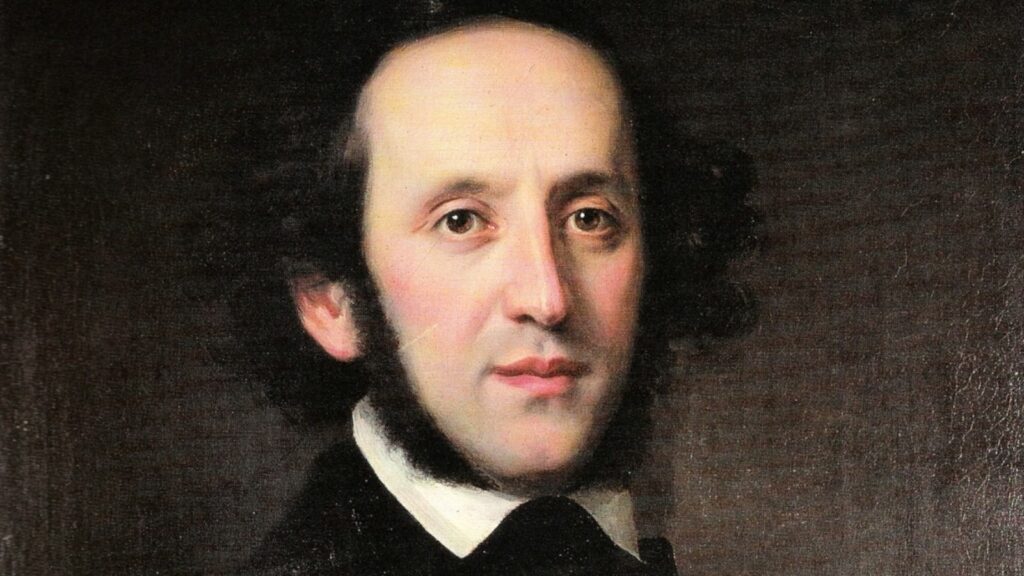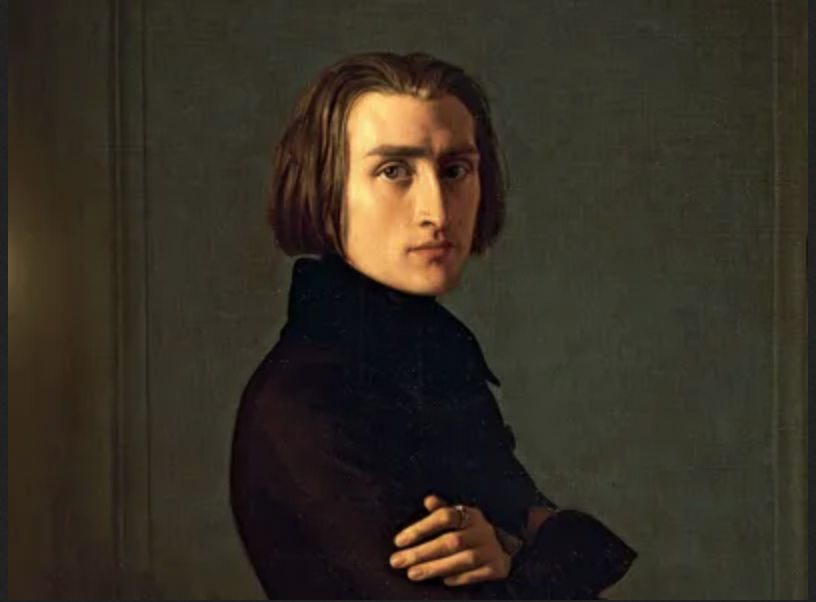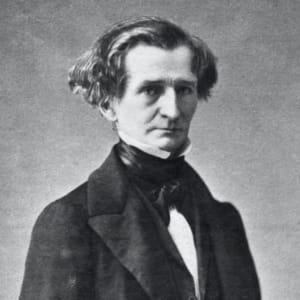
THIS WEEK IN PIANO HISTORY, we celebrate the premiere of Felix Mendelssohn’s Piano Concerto in G Minor, Op. 25, premiered by the composer himself on October 17, 1831 in Munich. The concerto, made famous by Clara Schumann and Franz Liszt (and later ridiculed by Hector Berlioz!), became incredibly popular with pianists throughout Europe for its brilliant passagework.
The Background
The concerto is composed as a three-movement work, but all of the movements are connected together without breaks. Mendelssohn lifted the structure of this piece from Weber’s Konzertstück, which inspired many other compositions of the time, including Liszt’s famous Piano Sonata in B Minor. Many other works of the standard concerto repertoire include a similar linking of movements, including Beethoven’s last two piano concerti, both of which connect the middle and last movements together. Among the many technical challenges presented in this piece are its use of light passagework, octaves in both hands, arpeggios up and down the piano, and of course, playing beautiful, lyrical melodies.
Popularity and Criticism


The concerto was a success at the premiere, but Franz Liszt’s performance in Paris was what catapulted the piece into the repertoire of many great European pianists of the time. The piece became so popular that Hector Berlioz, who was not a fan of the piece, felt the need to criticize it publicly. After hearing the piece performed numerous times in Paris, Berlioz mocked the piece in a fictional story about an Erard piano. In the story, Berlioz remarked that the instrument had to be destroyed after it was used to perform the concerto too many times. Berlioz wrote:
“M. Erard arrives, but try as he will, the piano, which is out of its mind, has no intention of paying him any heed either. He sends for holy water and sprinkles the keyboard with it, but in vain—proof that it wasn’t witchcraft but merely the natural result of thirty performances of [Mendelssohn’s G minor] concerto. They take the keyboard out of the instrument—the keys are still moving up and down by themselves—and they throw it into the middle of the courtyard next to the warehouse. There M. Erard, now in a fury, has it chopped up with an axe [sic]. You think that did it? It made matters worse. Each piece danced, jumped, frisked about separately—on the pavement, between our legs, against the wall, in all directions, until the warehouse locksmith picked up this bedeviled mechanism in one armful and flung it in the fire of his forge, finally putting an end of it…Such a fine instrument!” – Hector Berlioz
The Music

The concerto begins with a foreboding orchestral introduction in G minor lasting just seven bars before being interrupted by the pianist with a fiery set of octaves and dazzlingly fast passagework. The stormy quality of the opening theme persists with surging scales and impressive virtuosity, which sets the stage for the tranquillo second theme in B-flat major. The second theme is lyrical yet unstable with surprising shifts in harmony. The remainder of the first movement contains extensive and challenging passagework for the performer, allowing them to fully demonstrate their virtuosic finger technique. Before the end of the first movement, the music takes a dramatic turn with a brass fanfare announcing a modulation to E minor and a piano interlude that leads directly to the middle movement.
The E major harmonies of the second movement seem otherworldly—a place of repose amidst the drama of the first and final movements. Here Mendelssohn’s brilliant lyrical style, made popular in his Songs Without Words, appears in full bloom with cascading scales and filigree decorating this expressive movement.
The final movement begins with brass repeating their fanfare from the first movement; this version, however, leads us to G major. The brilliant passagework of the final movement is seemingly endless, but Mendelssohn surprises the listener with a quote from the first movement—the second theme reappears before a final show of virtuosity from the pianist in the coda that ends this exciting concerto.
Check out this recording of Yuja Wang performing the concerto with the Verbier Festival Orchestra under the direction of Kurt Masur.